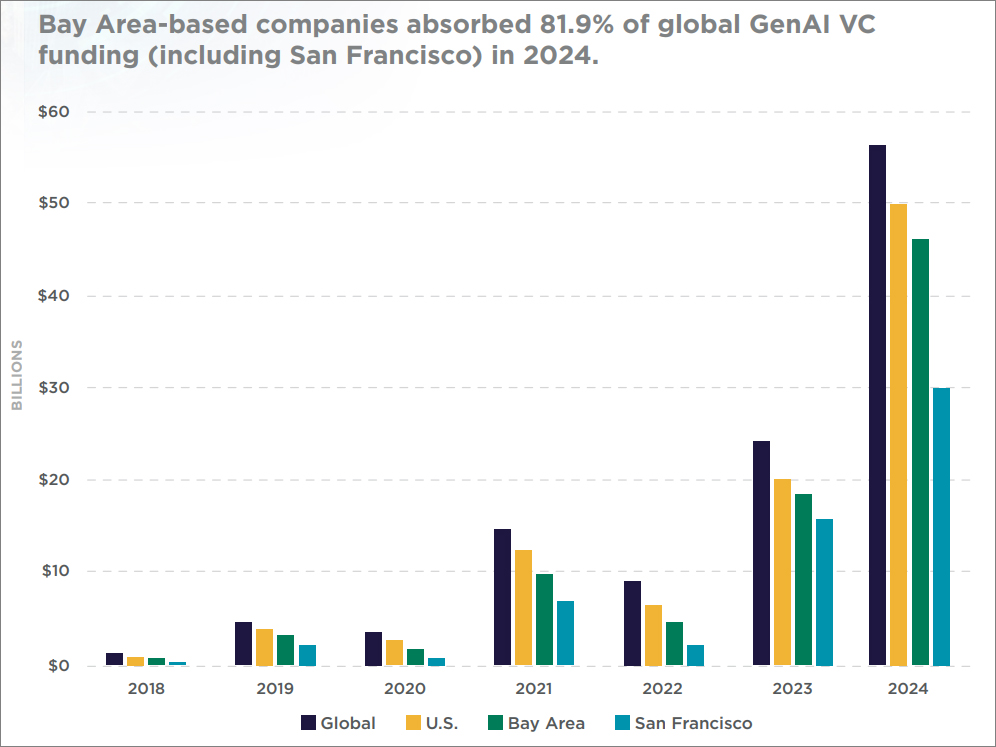Economy Watch: Employment Disappoints in a Big Way; Income, Consumption Rise in April
Only 69,000 jobs were added to the U.S. economy in May and the unemployment rate rose to 8.2 percent. Public-sector jobs are in a long-term decline, thanks to shrinking tax revenues, affecting state and local governments more harshly than the federal sector. But real personal income rose slightly in May, gaining 0.2 percent.
By Dees Stribling, Contributing Editor
The headline numbers for the latest monthly employment report were an anemic addition of 69,000 jobs to the U.S. economy in May and an uptick in the unemployment rate to 8.2 percent, the first increase after months of declines. Moreover, the addition of jobs in April was revised downward from a weakish 115,000 to an even weaker 77,000.
Some industries are still hiring, however. Healthcare employment increased by 33,000 in May, while transportation and warehousing added 36,000 jobs over the month. Manufacturing was up 12,000 in May. Other industries shed jobs, such as construction, which lost 28,000 positions during the month. A fair number of other industries showed little or no change, such as retail, information, finance, hospitality and government employment.
During the last six months, employment has grown at an average of 172,000 jobs per month. Even at an average of 200,000 jobs per month, it would still take over two years to return to pre-2008 employment levels, though that wouldn’t be enough to keep up with population growth since then.
The recession beginning in December 2007, then, is by far the worst since 1945 in terms of a return to pre-recessionary employment levels. Previously the relatively mild aftermath of the early 2000s recession — called a “jobless recovery” at the time — saw the longest job-market recovery period, about four years.
Public-Sector Jobs See Long-Term Decline
Much of the drag on job growth, at least according to official figures, has been due to the contraction of public-sector employment as tax revenues have contracted. Formally called “austerity” in Europe, this informal American phenomenon has no such bleak moniker, but the effect on the economy is nevertheless harmful.
State and local governments lost 129,000 positions in 2009, and then lost 262,000 in 2010. followed by a decline of 230,000 last year, As of the end of May 2012, state and local governments have shed 15,000 workers, so it’s possible that the rate of firings at these levels of government have slowed down this year, although not stopped.
The federal government is also still losing workers, though not quite at the same clip as local and state losses. Over the last 12 months, the federal government has shed about 50,000 civilian positions.
Income, Consumption Up in April
The weak jobs report for May got all the attention, but there were other reports out on Friday that weren’t quite as pessimistic. Then again, they were for April, when things were still partly sunny for the economy (to expend the metaphor: was it a cloudburst in May, or a serious squall that will ruin the year?). In any case, the Bureau of Economic Analysis reported that real personal income increased $31.7 billion, or 0.2 percent, month-over-month in April, which gave consumers a bit more spending power.
And sure enough, consumers went out and spent more in April — real personal consumption (which is adjusted by the BEA to remove price changes) was up 0.3 percent in April, compared with an increase of less than 0.1 percent in March. So that month Americans either dipped into their savings a little or borrowed a little or both to fund the increase in consumption.
Wall Street reacted in a predictable panicky fashion to the jobs report on Friday. The Dow Jones Industrial Average lost 274.88 points, or 2.22 percent, while the S&P 500 was down 2.46 percent and the Nasdaq was off 2.82 percent.








You must be logged in to post a comment.